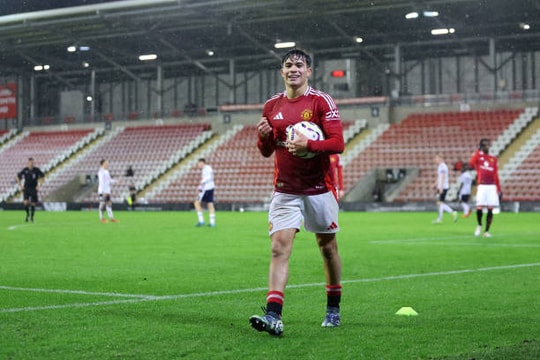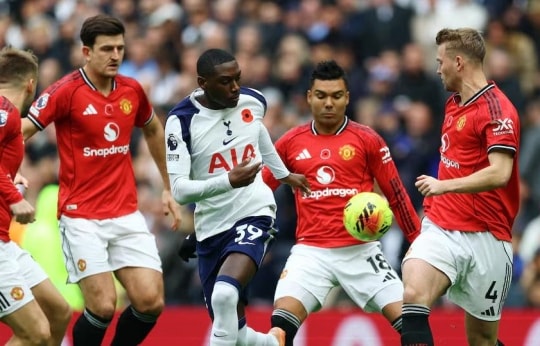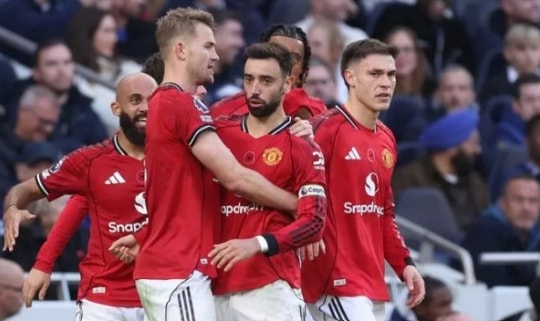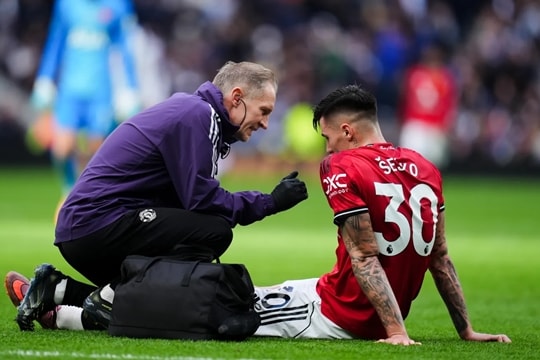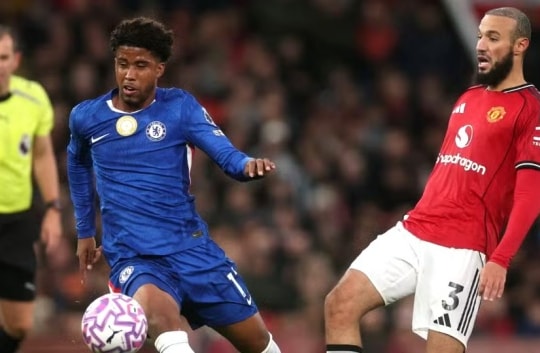Amorim's Man United: 17 goals, 16 conceded after 10 rounds
Ruben Amorim fired United into life with a 3-4-2-1 and Senne Lammens' long-balls, but they also conceded 16 goals; a 2-2 draw at Nottingham with 17 shots exposed the balance problem.
Man United under coach Ruben Amorim are a paradox of the Premier League: scoring 17 goals but also conceding 16 after only 10 rounds. The 2-2 draw against Nottingham Forest, where the opponent launched 17 shots, made clear the biggest problem: maintaining firepower without losing defensive stability.
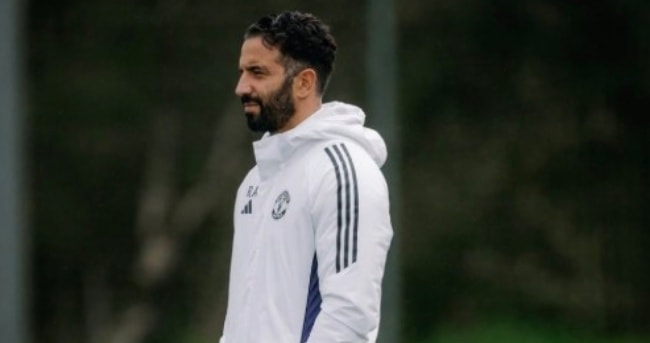
Impressive attack, porous defense
17 goals in 10 games puts Man United in the top scoring group of the league, behind the teams that are scoring consistently. Arne Slot's Liverpool have 18 goals, Brighton and Bournemouth both have 17. Man United are only one goal behind the likes of Arsenal, Chelsea and Liverpool, showing that Amorim has solved the problem in attack.
But the defensive picture is the opposite. 16 goals conceded is the worst in the top half of the table; according to current figures, only the bottom five have conceded more. In 10 games, only three times has either team failed to score, and Man United have kept just one clean sheet. They have conceded at least two goals in five of those games, and have collected just seven points from those.
| Index after 10 rounds | Value |
|---|---|
| Goal | 17 |
| Conceded goal | 16 |
| Clean sheet | 1 |
| Match conceded ≥ 2 goals | 5 |
| Points from 5 matches with ≥ 2 goals conceded | 7 |
Coach Ruben Amorim admitted his concerns: “If you look at the table, the winning team is the team that doesn’t concede many goals… We can’t afford to concede the amount of goals we’re conceding. Man United need to be stronger.”
Amorim's tactics: more direct, flexible pressing
Amorim sticks to the 3-4-2-1, optimizing the speed of transition and space behind the opponent's defense. In particular, he increases the proportion of long passes from goalkeeper Senne Lammens instead of short passes from the back. This way of playing brings the team up in sync, shortens the distance, helps Man United compete and win second balls better, reducing the risk of counter-attacks against high-pressing teams like Liverpool or Brighton.
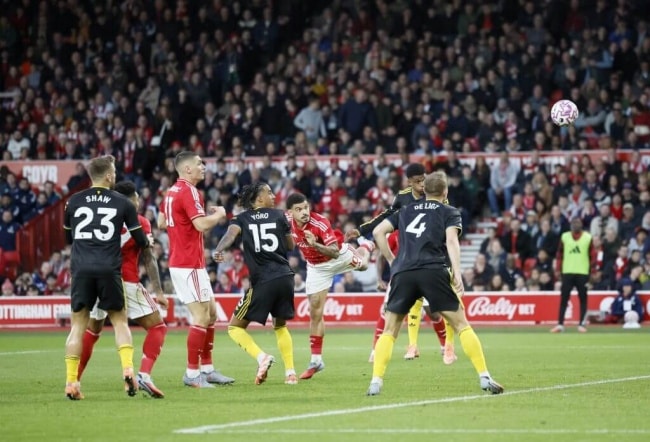
The limitation appears when the opponent drops deep. When space behind the opponent's defense is scarce, Man United's counter-attacking effectiveness decreases. In the defensive block, Amorim fine-tunes the pressing: from a 5-2-3 structure, sometimes asking Luke Shaw to jump into the middle to create a 4-3-3 when applying pressure; when dropping deep, the Red Devils change to a 5-4-1 to cover the width.
But 5-4-1 is a double-edged sword: opponents have more time in front of the defensive block to turn or cross from the flank. The ability to protect the far post in the box is questionable. Leon Osman points out that teams could learn from Nottingham Forest and target Amad Diallo in the air and with crosses.
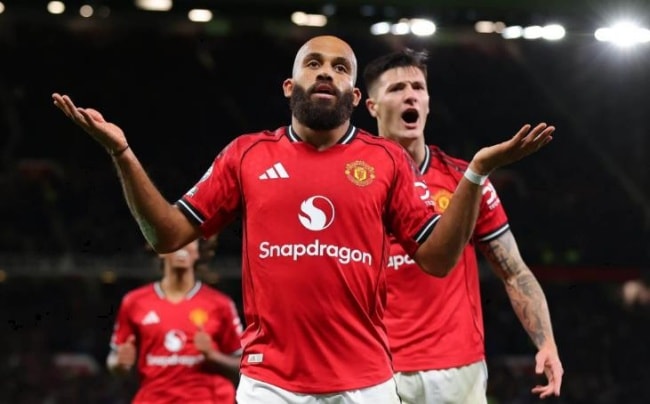
Two ways to find balance
1. Keep the direct play, reinforce the 5-4-1 block
Man United can continue to rely on pace and little possession, as long as they improve their proactive defending in the 5-4-1: press before opponents cross, tighten positional discipline and improve individual defending in the box, especially at the far post.
2. Increase control when facing low defense block
Instead of always choosing the direct option, Man United need to control the ball more when the opponent is deep. Establishing a stable attacking structure will create a foundation for defending from a distance, reducing the risk of counter-attacking when losing the ball.
Firepower is no longer an issue. Amorim’s core challenge is to find a formula that combines explosive attack with solid defensive foundations. This balance will shape United’s trajectory for the rest of the season.


